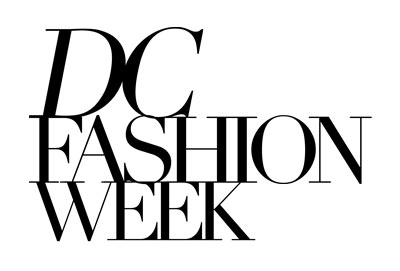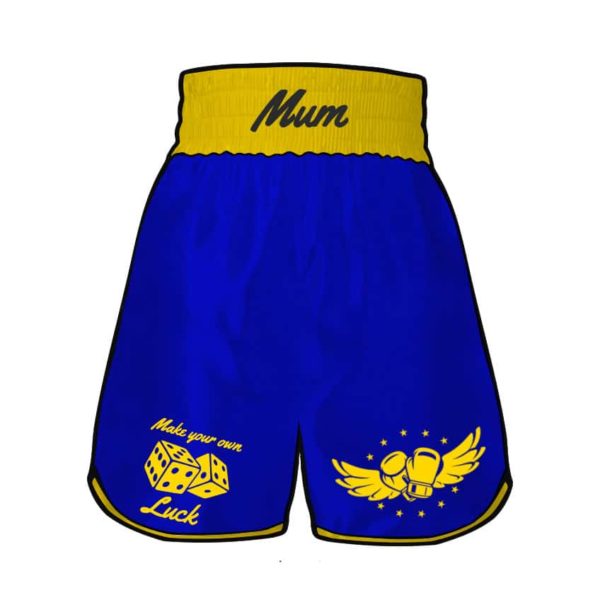Athletic wear has come a long way from gym floors and training grounds. In recent years, there has been a dramatic shift in fashion where performance-driven sportswear not only serves its utilitarian purpose but also makes bold statements on global runways. This fusion of form and function is more than a passing fad—it’s a redefinition of style that champions both comfort and innovation.
The Rise of Athleisure
The term “athleisure” was once niche, but today it’s a dominant force in the fashion industry. Initially born out of practicality—clothing that could transition from the gym to daily life—it quickly became a lifestyle movement. Designers began to integrate athletic silhouettes and materials into their collections, blurring the line between performance and luxury.
What made athleisure so impactful was its accessibility. Consumers craved versatility: leggings that could be worn to brunch, sweatshirts that doubled as outerwear, and sneakers styled with tailored trousers. The functionality of athletic garments found a new purpose in everyday wardrobes, while high fashion took notice.
Function Meets Fabric Innovation
One of the major drivers of this trend is the innovation in fabrics and materials. Sportswear is engineered for performance—moisture-wicking, stretch, breathability, and durability are standard features. High fashion designers began adopting these materials, integrating them into garments traditionally made of rigid or delicate textiles.
The result? Garments that not only look good but also perform. Think of mesh-paneled dresses for ventilation, water-resistant trench coats inspired by track jackets, and stretch fabrics in suits that allow freedom of movement. This evolution appeals to modern consumers who value performance in every aspect of their wardrobe.
Sports Uniforms as Style Icons
It’s not just fabric that’s being borrowed from the sports world—entire silhouettes and design aesthetics have made their way to the catwalk. Designers reinterpret sports uniforms with a high-fashion twist, from basketball shorts and varsity jackets to rugby shirts and boxing robes.
Boxing, in particular, has had a profound influence. The commanding presence of a boxer walking into the ring, the confident stride, the bold patterns—these have inspired everything from editorial shoots to couture collections. For athletes and performers alike, confidence is key, and few garments convey this better than those designed for the ring. It’s no surprise that custom boxing shorts are becoming a go-to for both fighters and fashion-forward creatives seeking standout, performance-ready designs.
Genderless Expression Through Sporty Style
Another significant impact of athletic wear on high fashion is the breakdown of gender norms in clothing. Sportswear has always leaned toward unisex design—loose silhouettes, practical cuts, and a focus on movement rather than gender conformity. Fashion houses have embraced this, delivering collections that cater to fluid identities, unrestricted by traditional gendered lines.
Tracksuits, oversized jerseys, and utility vests appear in both men’s and women’s lines, and often, there’s little difference between them. This democratization of fashion owes much to the ethos of sportswear, where functionality trumps all else.
The Future: Performance-Inspired Couture
As wearable technology becomes more integrated with fashion, athletic functionality can drive even more trends. From smart fabrics that adapt to body temperature to garments that monitor performance, the future of fashion is intelligent, functional, and aesthetically thrilling.
In addition, collaborations between luxury fashion houses and athletic brands, such as Adidas and Prada, or Nike and Jacquemus, are proving that the partnership between sport and style is only getting stronger. These limited collections sell out in minutes, a testament to the appetite for high-performance fashion.
Final Thoughts
The intersection of athletic functionality and high fashion isn’t just a collision—it’s a carefully choreographed dance. As designers continue to embrace performance materials, sports silhouettes, and comfort-centric philosophies, what we wear will increasingly be shaped by movement, purpose, and innovation. Whether you’re stepping onto a runway or into a ring, fashion rooted in function is here to stay.

